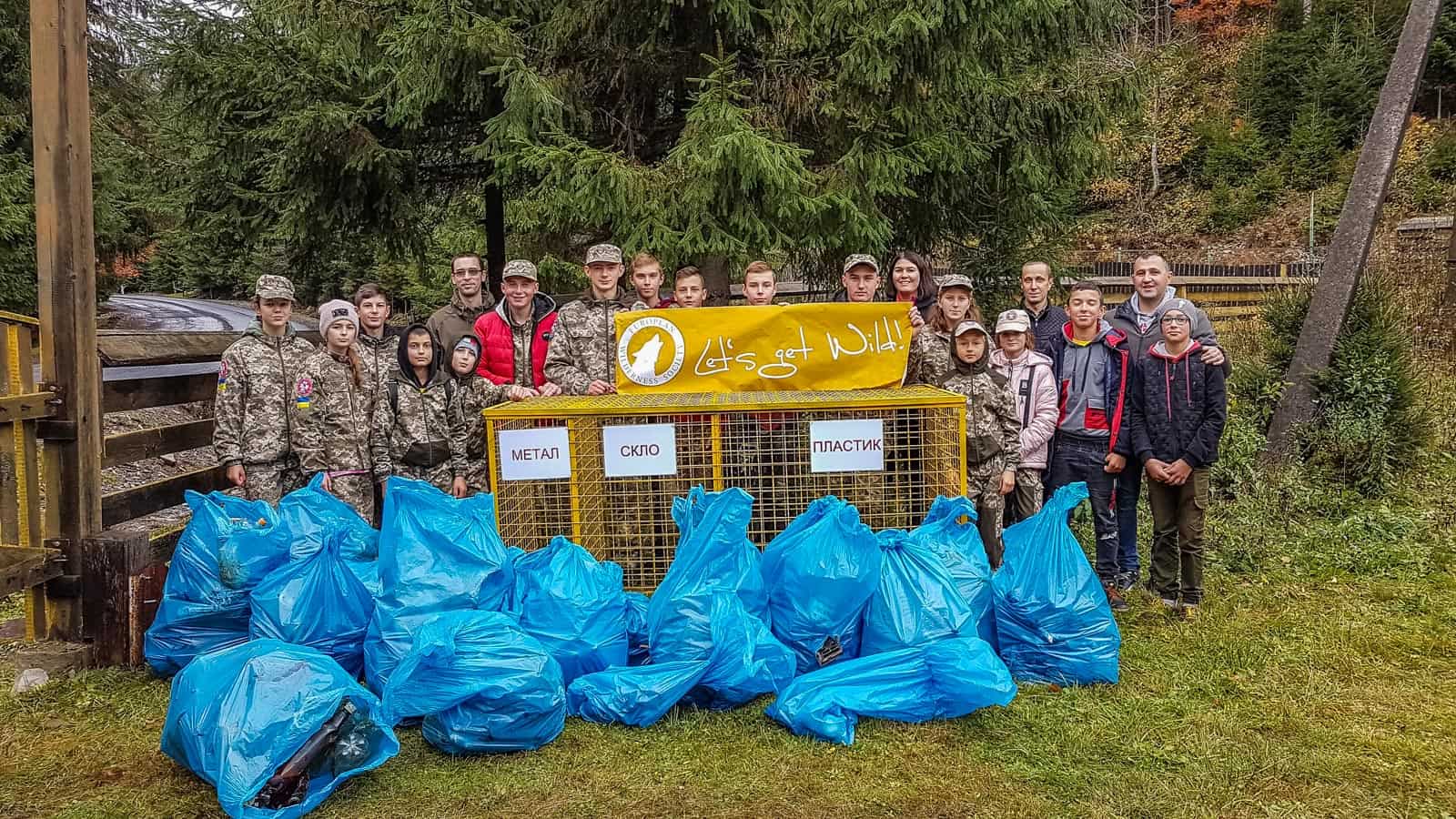Incredible Hummingbird Hawk-Moth
This article, based on the German article “Den Rüssel stets im Blick behalten” from biologie-seite.de, explores the remarkable world of the Hummingbird hawk-moth and the impressive similarity to human behavior.
Just as we rely on our sense of sight to grasp objects accurately, this butterfly employs its vision to precisely position its elongated trunk (proboscis) within flowers as it seeks nectar. This fascinating behavior has caught the attention of biologists from Konstanz, who regard the butterfly as an excellent model organism for investigating the visual guidance of limbs. Upon encountering a Hummingbird hawk-moth, one is often struck by its distinct look, which resembles a hybrid of a bird and a butterfly. Its ability to hover easily in one location, similar to a helicopter, adds to its mystery. However, upon closer observation, another miracle emerges: its spirally coiled proboscis, which is as long as the butterfly and is skillfully used to suck nectar from flower blossoms while in flight.
The ability with which the moth accomplishes this task is truly remarkable. Anna Stöckl, a biologist at the University of Konstanz, compares it to attempting to sip from a straw while standing, aiming for a small opening on the ground. In a recent study published in PNAS, Stöckl and her team investigated the sensory mechanisms that enable the butterflies to control their proboscis movements with such precision. Much like humans rely on visual feedback to manipulate objects with their hands, Hummingbird hawk-moths consistently utilize their sense of sight to guide and adjust the movement of their proboscis as they seek out nectar. This sophisticated form of limb control, previously thought to be exclusive to animals with larger brains such as primates and birds, appears to be present in insects as well.

The researchers supported their findings through behavioural experiments, employing high-speed cameras to capture the Hummingbird hawk-moth’s movements as they approached artificial flowers. This enabled them to precisely track the butterflies’ body, head, and proboscis positions in real-time during nectar picking. It became evident that Hummingbird hawk-moths rely on visual cues within flower patterns, which they systematically explore with their proboscis to in order to find nectar.
Analysis of the butterflies’ movements revealed limited mobility of the proboscis itself, with primarily back-and-forth motion and minimal sideways movement. The precise positioning of the proboscis within the flower is thus governed by adjustments in the butterfly’s overall body posture during flight. Fine adjustments to scan flower patterns more precisely are achieved through subtle movements of the proboscis. Interestingly, similar to humans who require visual feedback for precise hand movements, Hummingbird hawk-moths also depend on continuous visual input to maneuver their proboscis accurately toward the nectar source. When their vision was obstructed in the direction of the proboscis, the butterflies could still locate the flower interior with their proboscis, although without the systematic scanning of flower patterns, resulting in a prolonged search for nectar.
The reliance on visual feedback for proboscis control may seem computationally demanding for creatures with relatively simple nervous systems, comprising fewer than a million nerve cells. Nonetheless, this very simplicity makes insects, such as the pigeontail butterfly, intriguing subjects for studying the visual guidance of appendages. As Stöckl emphasizes, these insects offer valuable insights not only into fundamental biological processes but also into efficient strategies applicable to fields like robotics. In essence, these species’ small brains serve as inspiration for creative solutions in a variety of fields.









In 2021 I had about 150 of the hummingbird moths in my yard
We are raising one from horn worm state. Saved it from being fed to another being. It’s in the pupa state now. Can’t wait to watch it’s growth and release to be an essential part of nature.
We had one in our garden in East Lothian this summer 2023